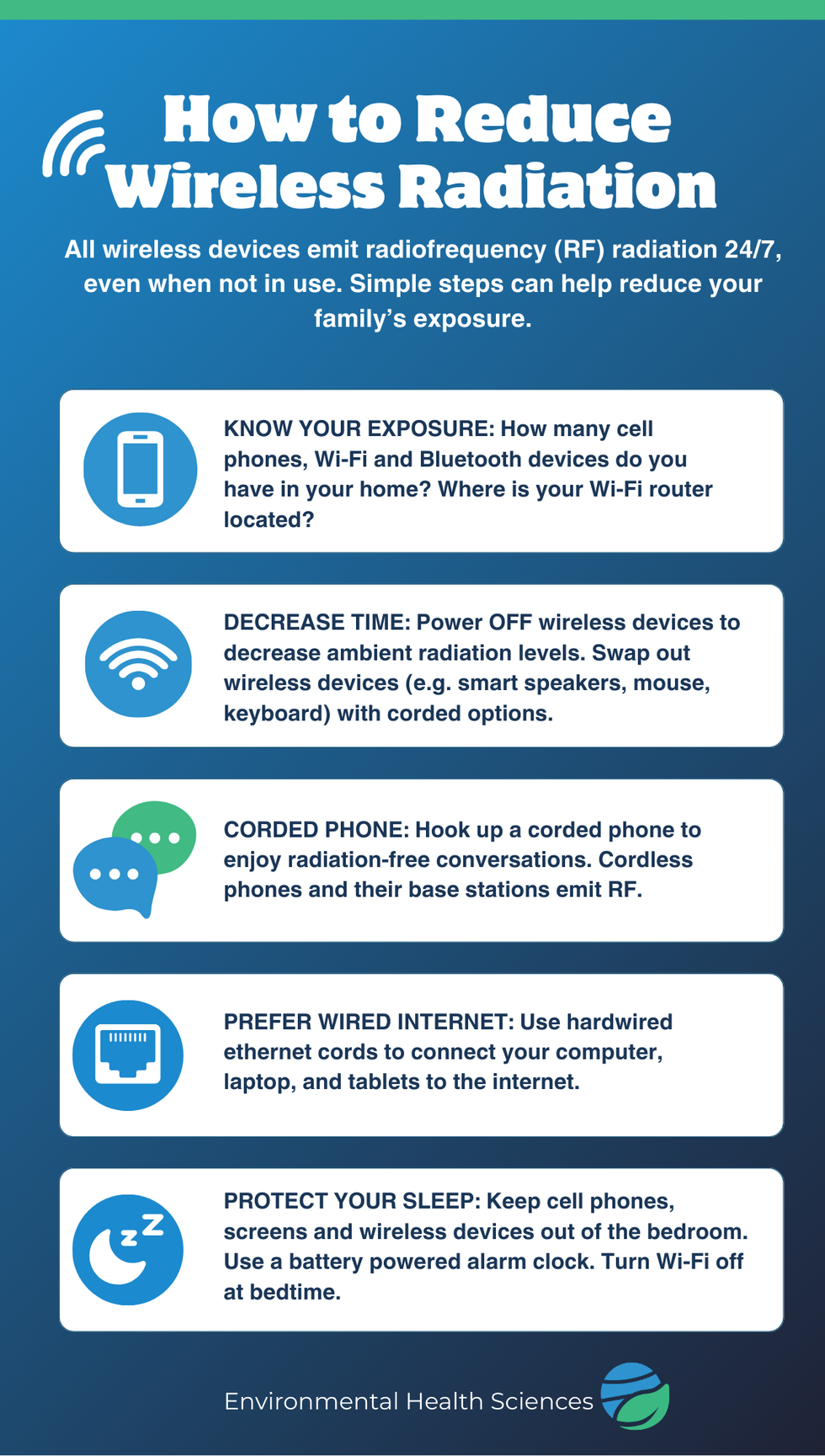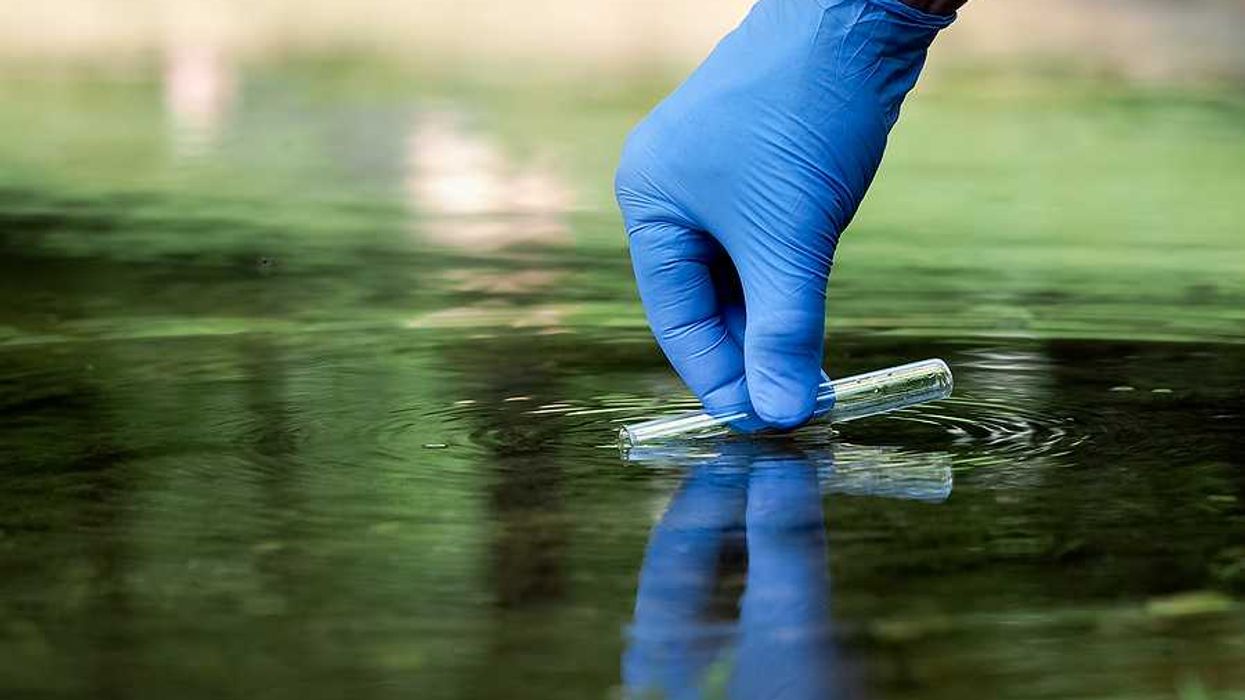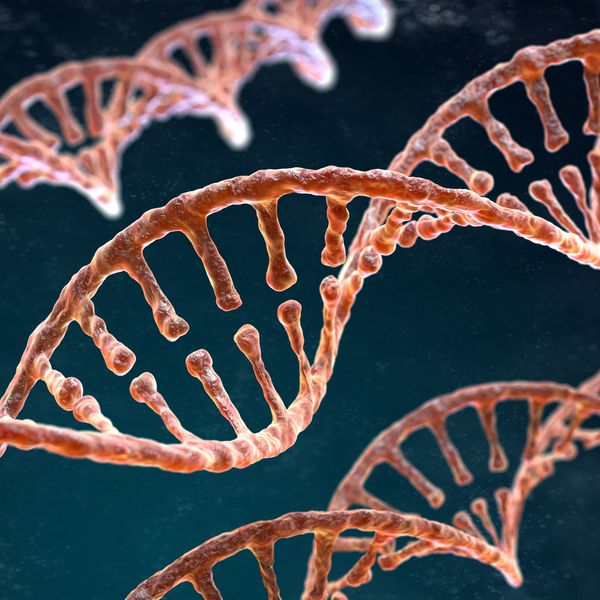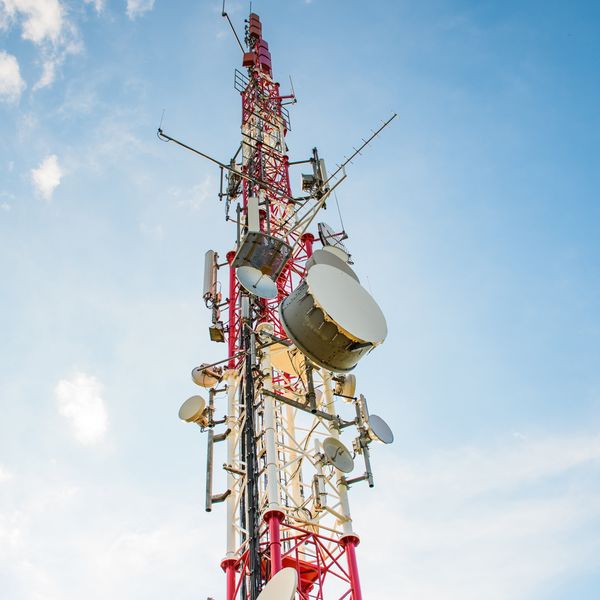A recent study published in Molecular Biology Reports found men with specific genetic variations may face greater fertility challenges when exposed to the electromagnetic field (EMF) radiation, including wireless radiation, emitted by laptops on their laps or cell phones in their pants pockets.
In short:
- Men with certain gene variations had a significantly increased risk of infertility when also exposed to EMF radiation from frequent use of wireless devices close to the body.
- These gene variants alone increased the risk of azoospermia (a condition where no sperm are present), but exposure to EMF radiation increased the risk severalfold.
- This association was particularly strong in men 30 years or older, although it was found in younger men as well.
Key quote:
“We observed a significant increase in risk of infertility in young and older age group[s] when both gene variants and radiation exposure were present. … It is of utmost interest to determine whether exposure to electronic radiation interacts with other risk factors when they co-occur or exerts any synergistic effects with genetic predispositions.”
Why this matters:
Male infertility has become an increasingly pressing public health issue, with up to 30% of global cases of infertility caused by male factors alone. While genetics play a role in male reproductive health, environmental exposures also contribute to male fertility. Wireless radiation has been linked to a decrease in sperm quality, lower sperm counts, and changes to testicular tissue. Carrying cell phones in pockets or using laptops on laps can result in significant EMF exposure to reproductive organs. While medical experts recommend reducing wireless exposure, U.S. regulations are outdated and a 2021 federal court order has mandated a review of reproductive and other health risks.
Related EHN coverage:
- Sperm DNA is damaged by phthalates, electromagnetic radiation, and other environmental hazards, study finds
- Wireless radiation exposure linked to DNA damage
More resources:

- WATCH: Science on the health risks of wireless electromagnetic radiation by Dr. Linda Birnbaum, former Director of the National Institutes of Environmental Health Sciences
- Doctors and Scientists on Cell Phone Radiation
Pal, Samudra et al. for Molecular Biology Reports. July 31, 2025
























